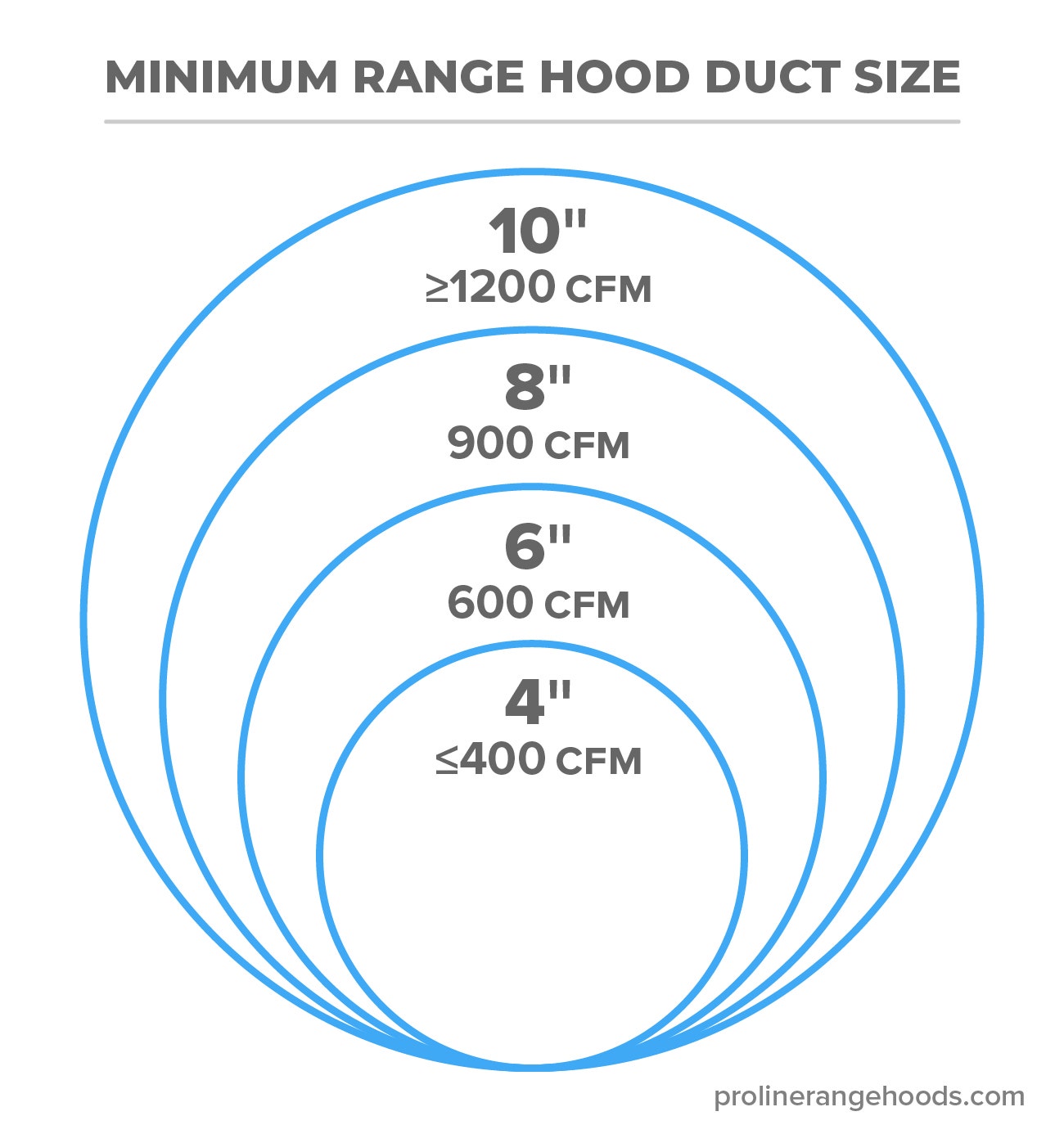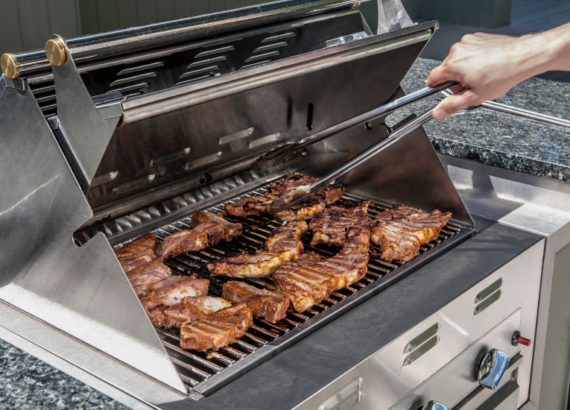How To Install A Range Hood Vent Through The Wall (Step-by-Step Guide)

How to Install a Range Hood Vent Through the Wall – The most common way to install your range hood is on an interior wall. Both wall and under cabinet range hoods can be vented on an interior wall.
Venting a range hood on an interior wall may seem daunting. But, if you are comfortable DIYing it, you can save money doing the installation yourself. If not, we recommend hiring a local contractor to install the hood. Installing ductwork is the most difficult part.
That being said, with a little research, the average homeowner can tackle this project. Just follow the five steps below.
- Determine where you want to vent your range hood.
- Install your ductwork in the shortest unobstructed path to the outside of your home.
- Cut a hole 1-2 inches larger than your ductwork where you’ll run the duct from your hood.
- Attach the range hood to your ductwork.
- Attach a wall or roof cap to the exterior wall or roof.
Table of Contents
1 – Determine where you want to vent your range hood.
To vent your range hood on an interior wall, you’ll need to cut a hole in the wall for the ductwork. So, it’s important that you know exactly where you want to vent your range hood before continuing with the installation.
Keep in mind that you can always cut a larger hole if needed. But you can’t put the wall back if you cut a hole that is too large.
You might also be wondering: what size ductwork do I need for my range hood? Check out the chart below.

The larger the range hood’s CFM, the larger the diameter duct you’ll need. Otherwise, your duct will choke the air as it moves to the outside. It puts more strain on the motor to vent the same amount of air through a smaller duct compared to a larger duct.
Your hood will not be able to move the amount of air it is advertised to move. For example, a 900 cfm hood attached to ductwork that is less than eight inches will not be able to move 900 cubic feet of air in a minute.
So, if in doubt, go with a larger duct. To learn more about duct size, check out our complete guide.
2 – Install your ductwork in the shortest unobstructed path to the outside of your home.
Ideally, your duct run should have no more than two elbows. Any more than two and your exhaust system will have too much resistance to effectively vent all your greasy air to the outside.
To reduce the number of elbows you’ll need, select a path that avoids studs, electrical wires, and other obstacles in your walls.
Also, keep the length of your ductwork down to 30’ or less. This ensures that your kitchen air makes it to the outside easily.
It can be tricky to install your ductwork from your hood to the outside. Ideally, you want to be able to have access points along your ductwork run where you can thread it through your ceiling or wall.
If you can hop in your attic or basement, these are generally the easiest places to thread ductwork.
Otherwise, you may have to choose a couple of areas to cut out access points in your ceiling or wall so you can complete the installation. Before you go cutting holes in your home if you aren’t certain of what is inside the wall where you are cutting, consult a contractor.
3 – Cut a hole 1-2 inches larger than your ductwork where you’ll run the duct from your hood.
Your hood will be running for years to come, so you want it to comfortably fit in your kitchen.
One to two inches gives you space to thread the ductwork through the hole so you can attach it to the hood with ease.
4 – Attach the range hood to your ductwork.
Once you have threaded your ductwork to the outside, connecting it to your hood is easy. The ductwork connects to your hood via a transition piece.
5 – Attach a wall or roof cap to the exterior wall or roof.
The final step is to go outside your house and install a wall or roof cap at the end of your duct run. A cap helps keep debris and dirt from entering your duct. This will allow it to run efficiently for years to come.
Check out some of the best roof caps for your range hood right here.
And That’s How to Install a Range Hood Vent Through the Wall
Hopefully, you found this guide on how to vent your hood through a wall helpful. If you have any questions about your installation, feel free to call Proline at (877) 901-5530. Or, check out more of our installation articles below.
Related Articles
How to Install a Wall or Under Cabinet Range Hood







Comments are closed.